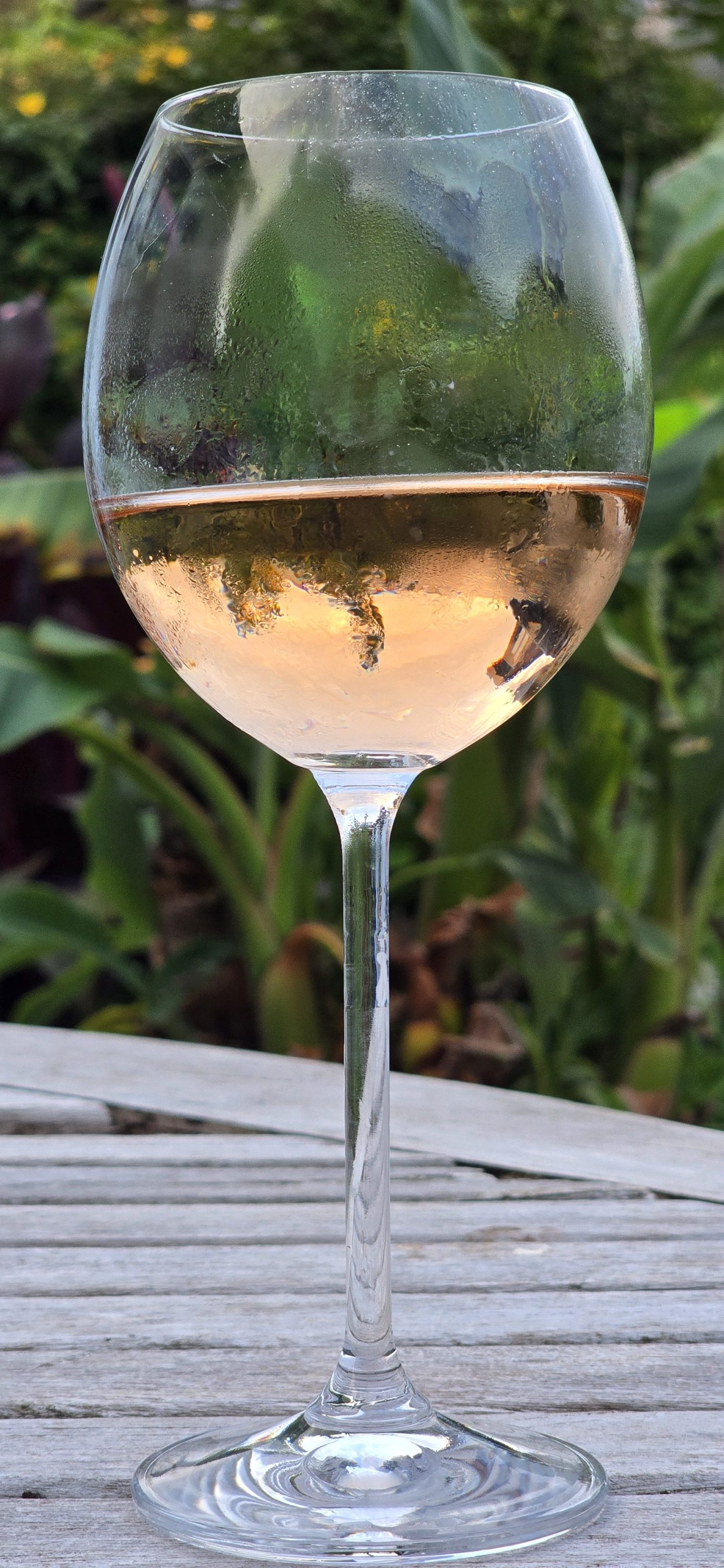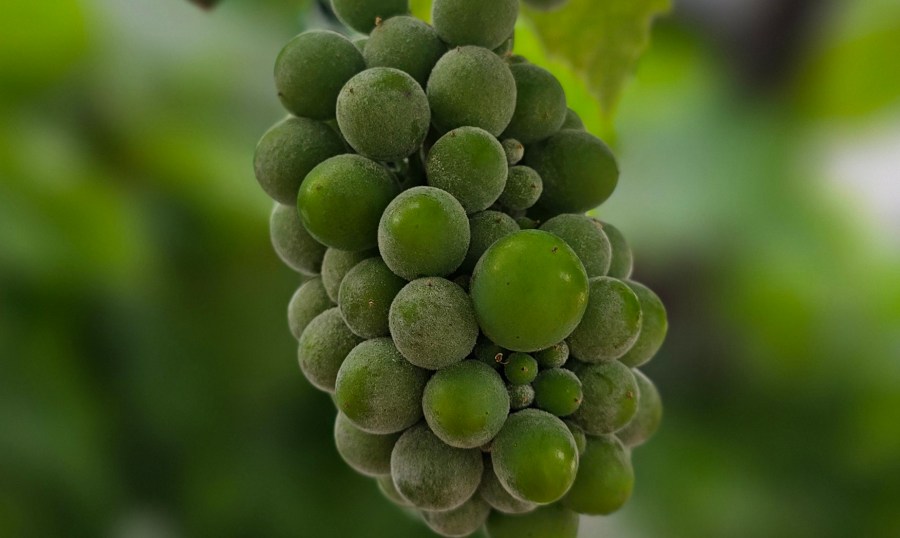The seminal work by Ann Noble and the team at UC Davis nearly 50 years ago laid the foundation for our modern wine aroma vocabulary. Her creation of the Wine Aroma Wheel brought structure and clarity to the once-elusive task of describing wine. This deceptively simple yet groundbreaking tool empowered wine educators, marketers, winemakers, and consumers alike to articulate sensory experiences – making wine more accessible and accelerating its commercial success. Without a shared language for aroma and flavour, wine would arguably not have achieved the global appeal it enjoys today.
Since then, advances in viticulture and winemaking have greatly expanded the aromatic landscape. Almost every decision in the vineyard or winery now carries an underlying question: will this influence the aroma or flavour of the final product? It is a bias we have embraced. From the identification of peppery rotundone in Shiraz to the growing understanding of umami-like sensations shaped by peptides and yeast autolysis, the science of aroma continues to evolve. Recent studies this year from Washington University highlighting alcohol’s sensory contribution, build on decades of discovery.
Personally, the past decade has reignited my fascination with aroma interaction – an area that profoundly shaped my time at Plumpton College under the tutelage of Tony Milanowski. His rigorous tasting sessions often led to deep discussion on the interplay between grape-derived, yeast-derived, and aging-derived aromas, reinforcing the importance of understanding aroma pathways at every stage.
As this promising summer vintage unfolds, it’s a fitting time to reflect on the key building blocks of wine aroma – to support both viticulturists and winemakers in identifying where these compounds originate, how they evolve, and how we can influence them. For those revisiting the topic, or exploring it anew, this review offers a timely look at how wine aromas form, how they’re measured, and where exciting developments lie ahead.
Formation of aroma compounds
Wine aromas come from three primary sources: grapes, fermentation, and aging.
Grape-derived aromas
Grapes are the most fundamental source of wine aroma, and the influence of grape variety and viticultural practices on aroma potential cannot be overstated. Grape-derived aroma compounds fall into three major groups:
- Monoterpenes – These compounds are responsible for floral, fruity, and citrus notes and are especially abundant in aromatic varieties such as Muscat and Riesling. Key compounds include linalool, geraniol, and alpha-terpineol, which can impart intense rose, orange blossom, and citrus peel aromas. While monoterpenes are desirable in small amounts, they can dominate if left unchecked, masking varietal character.
- Methoxypyrazines (MPs) – Known for their herbaceous, green bell pepper-like aroma, MPs are potent compounds with extremely low sensory thresholds. Commonly associated with Sauvignon Blanc and Cabernet Sauvignon, they are primarily located in the grape skins but are also present in stems and seeds. Interestingly, in rare cases, ladybirds crushed during harvest can contribute to MP levels – a phenomenon known as ‘ladybird taint’ – although this is uncommon in the UK even with the recent ladybird swarms! MPs naturally decline as grapes ripen, and viticultural interventions like leaf removal around the fruit zone can significantly reduce their concentration.
- Norisoprenoids – These compounds originate from the breakdown of carotenoids in grape skins and are typically associated with aged or sun-exposed grapes. Notable norisoprenoids include β-damascenone (linked to stewed apple, floral, and honey notes), β-ionone (violet, sweet), and TDN (kerosene or petrol, especially in Riesling). While many norisoprenoids enhance complexity, excessive levels – particularly of TDN – can become overpowering for some.
Importantly, many of these compounds exist in a non-volatile, glycosidically-bound form in fresh grapes. They are only released during fermentation or aging as enzymes or acid hydrolysis cleave the sugar-bound forms, liberating the aromatic potential.
Fermentation-derived aromas
The fermentation stage is where the ‘magic’ happens unlocking and generating the aroma compounds As yeast metabolise sugar into alcohol, it produces a wide array of volatile aroma compounds that can shape the sensory profile of a wine. These compounds include esters, higher alcohols, volatile sulphur compounds (VSCs), and fatty acids.
- Esters – These are the primary contributors to fruity aromas in young wines. Compounds like isoamyl acetate (banana), ethyl hexanoate (apple), and ethyl butanoate (pineapple) are formed during alcoholic fermentation. The type of yeast strain, fermentation temperature, and nutrient availability all play a role in ester production. Interestingly at lower temperatures you find the amount of esters produced is highest but in turn might not release the desired type of ester at that range. Esters bring huge aromatic options to winemakers and in particular to white and rosé wines, they are starting to be used in red wine styles for quicker release wines.
- Higher Alcohols – Formed from amino acid metabolism, these compounds can lend complexity in small amounts but become harsh at higher concentrations. Propanol, isobutanol, and isoamyl alcohol are common examples, with aromas ranging from solvent-like to fusel and spicy.
- Volatile Sulphur Compounds (VSCs) – Not all sulphur compounds are faults Thiols and Thiol derived aroma compounds are seen as extremely desirable aroma compound. This is also true for varietal thiol precursors, such as S-cysteine or S-glutathione conjugates, which are found in the grape pulp and skins. These non-volatile thiol precursors are metabolised by specific yeast strains during fermentation to release potent aroma compounds like 4-mercapto-4-methylpentan-2-one (4MMP). The most notable 3-mercaptohexanol (3MH) and 3-mercaptohexyl acetate (3MHA), provide passionfruit and grapefruit notes prized in Sauvignon Blanc. However, excess hydrogen sulphide (H₂S), mercaptans, or disulfides can create reductive or unpleasant aromas. Their presence and release potential are significantly influenced by grape variety, vineyard management, and yeast strain selection.
- Diacetyl and Malolactic Fermentation (MLF) – Wines that undergo MLF, particularly whites and some reds, can develop buttery or creamy aromas due to diacetyl production. The choice of bacterial strain and fermentation conditions can modulate this effect.
- Amino acids and peptides: The Rise of Umami – Recent research has revealed the importance of nitrogen-containing compounds produced during yeast autolysis. These include peptides and glutamic acid derivatives, which contribute to a rounder mouthfeel and the emerging umami profile. This is especially noticeable in lees-aged wines and traditional method sparkling wines.
This dynamic relationship between grape potential and fermentation management highlights how scientific understanding continues to elevate winemaking. With more than 1,000 aroma compounds now identified, and analytical and genomic tools becoming increasingly refined, the exploration of wine aroma is far from complete. The next major breakthrough could just as easily arise in a vineyard row as in a laboratory.

For more like this, sign up for the FREE Vineyard newsletter here and receive all the latest viticulture news, reviews and insight




